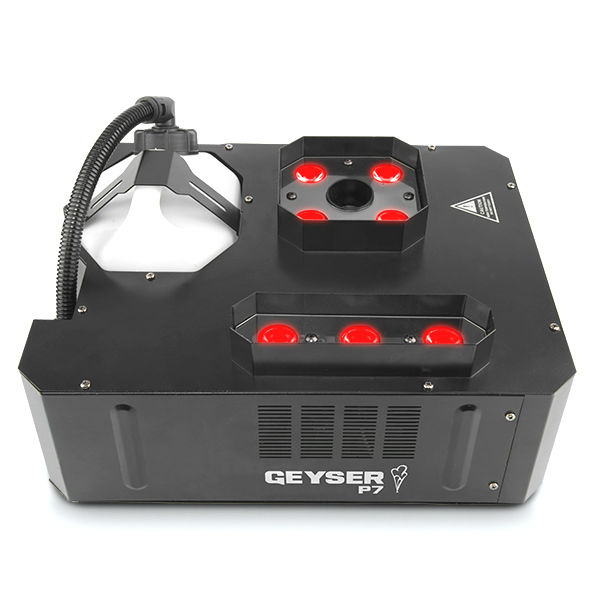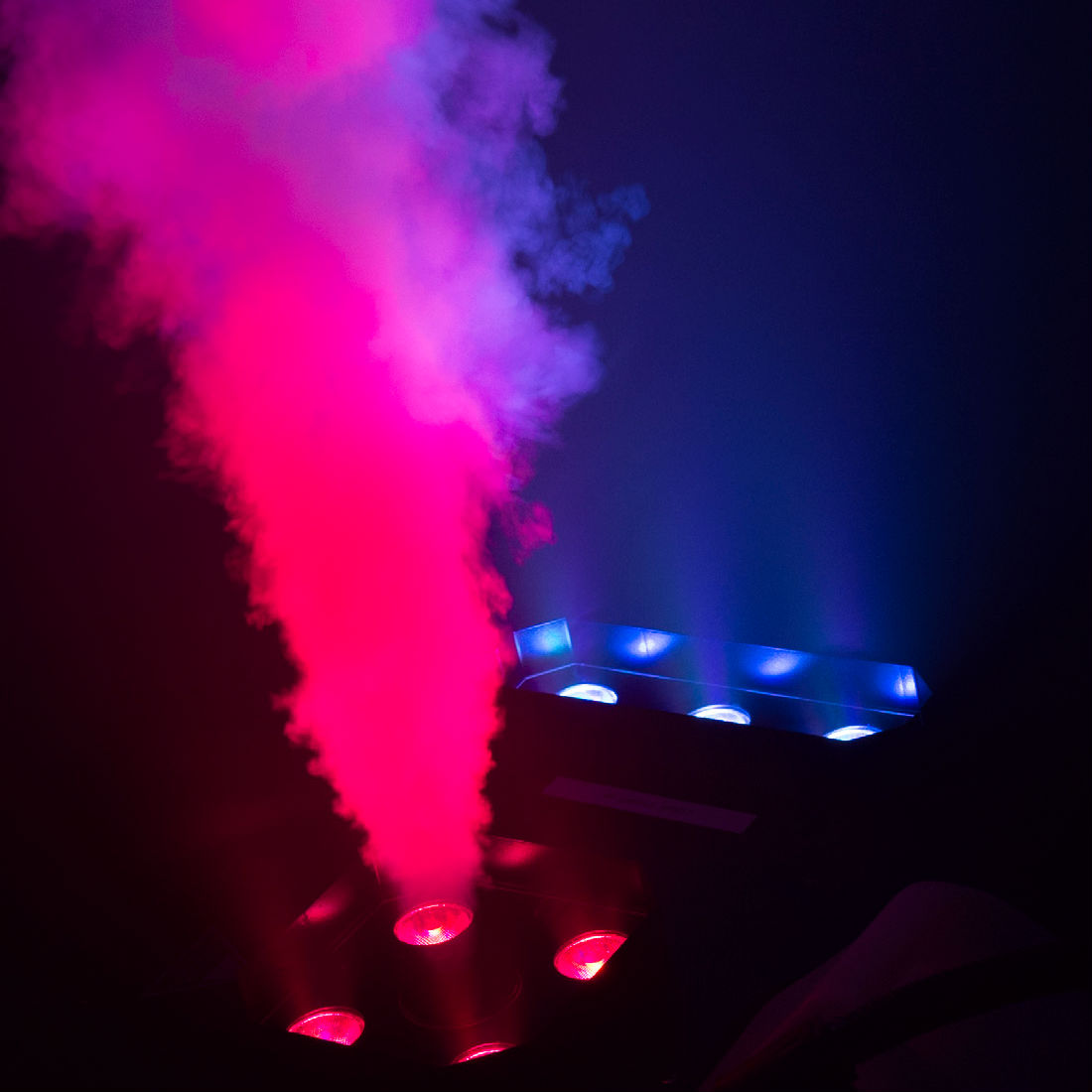Wiz-in-a-Box! Part 2
This series of articles is intended to provide some solutions for the most commonly requested effects in "The Wizard of Oz." In the first article, I offered some suggestions for creating effects for Glinda the Good Witch, as well as the Wicked Witch. Today I'd like to look at the tornado scene, as well as effects for the character of Professor Marvel, aka The Wonderful Wizard of Oz.
For the tornado that carries Dorothy to Oz, it's often impractical (especially for a company with a limited budget) to create the large-scale effects seen in the movie or touring productions. The movie used a 30' long muslin sock attached to a crane above the set. On stage, your tornado effect can be as simple as having Dorothy stand still at center stage while actors twirl around her. Two key elements that sell this effect are the lighting and sound. If you've obtained the rights to the RSC production of this show you should be able to use the music from the movie, otherwise try to find something as close as possible to that tune. Adding thunder and wind noise over the music will increase the overall effect.
For lighting, I'd recommend a tight pool of light around Dorothy, through which the other actors can move. For a little added effect, try using strobe lights pointing up from the floor to simulate the unnatural light often seen during storms. The LED Techno Strobes that we carry are a good choice for this effect, as multiple strobes can be linked together and run via DMX.
The size and complexity of the tornado effect you create will be determined by several factors: your budget, the size and skill of your technical staff, and the amount of time needed for the scene change from "Kansas" to "Munchkinland." That last is more important than you might initially think, especially if you are double-casting the actors playing Dorothy's family as characters in Oz. Since the actress playing Aunt Em is often also called upon to play Glinda the Good Witch, you will need to provide enough time during the tornado scene for her to get off stage and change into her (often elaborate) "Glinda gown." Remember she'll have to do the same thing in reverse at the end of the show! Also, since the Kansas sets can be fairly simple, these are often played on a rolling wagon in front of the main curtain while the next scene is being set up.
The scene in Kansas with Dorothy and Professor Marvel doesn't require much in the way of special effects. However, having a "magical" crystal ball will add to the scene and reinforce the connection between Marvel and Oz. To enhance the glowing effect of the ball, dim the stage lights during Marvel's "reading."
The throne room of the Wizard of Oz should be the most impressive thing the audience sees on stage. Many directors are tempted to skimp on this scene because the effects are only used for a few minutes during each show -- don't be one of them! You can achieve some stunning effects by re-using equipment you probably already have. For example, try coloring a few PAR64 cans with emerald green gel, aiming them at the floor around Dorothy & friends, and having your light board operator flash them in sync with the Wizard's lines. If you're using the strobes for the tornado effect, you can re-use them in this scene for an added effect when the Wizard gets angry. In the same way, if you're using a Geyser RGB Cryo/Pyro Simulator in the show (say, for the witches' entrances) you can add it to this scene. Remember that the Wizard relies on special effects to convince everyone of his great and terrible powers, so don't be afraid to go "over the top" in this scene. As in the tornado sequence in Act One, sound is just as important to this scene as lighting. You'll definitely want the Wizard's voice to be amplified, and you may want to add some reverb as well as a few prerecorded thunderclaps and explosions.
So far, the effects I've covered have stayed away from pyrotechnic products. This was to help the director who may be unable to use pyrotechnics in his region, or who is just not comfortable working with pyro. However, I do realize that there are many directors who are ready, willing, and able to make use of these products, and will devote the next column to describing some of my favorite Wizard of Oz effects that use pyro.
Continue to PART 3
*********************************************
Theatre Effects Customer Service Department
service@theatrefx.com
www.theatrefx.com
Theatre Effects, 1810 Airport Exchange Blvd. #400, Erlanger, KY 41018
Phone: 1-800-791-7646 or 513-772-7646 Fax: 513-772-3579









